What is a Pricing Strategy?
Amongst the many crucial factors that govern the success of a business, pricing tops the list.
A business pricing strategy, at its core, involves designing an appropriate price setting mechanism based on various parameters that determine the final selling price of a service or product. Depending upon their genre, location and consumer-base, companies differ greatly in their pricing approach. There are, however, a number of fundamental financial objectives common to all pricing strategies. The cumulative revenue inflow is primarily dependent on how much money the venture targets to make, how much the particular product or service would sell, and finally, what portion of the market share would fall prey to the competition. As a business owner, you need to understand the various ways that exist to price a product; the most important ones are introduced below:
1. The brand advantage: Premium pricing
If your venture is acknowledged as an established brand, the liberty to price your products or services relatively higher than the competition kicks in. The prerequisite for premium pricing remains the core competitive edge that your business possesses over the available alternatives. Luxuries like first class air travel, cross-continental cruises and seven star hotel rooms fall under the same umbrella of pricing.
2. The no-frills approach: Economy pricing
Such a pricing approach revolves around the concept of minimizing the cost of marketing and promoting a product or service. Budget airline travel is an excellent example of such an approach. In general, the overheads are to be kept to an absolute bare minimum. As a consequence, the end price significantly reduces. Economy pricing works best during financial crisis.
3. Cheaper by the dozen: Bundled pricing:
This particular pricing strategy involves bundling several products or services into the same package, thereby reducing the individual price for the consumer. The strategy works best for float products that have been stocked up for a while. Items that have reached the end of their product life cycle are generally treated with the bundled pricing approach. Bundled pricing unequivocally is the best way to make the most out of products that sell at a declined rate.
4. Behind enemy lines: Penetration pricing
When making a debut in an established market with fierce competition, the right strategy is to artificially price your products or services lower than your competitors, this in turn should generate for your business a desirable market share. Once the portion of the market segment has been secured, the price can then be slowly readjusted.
5. For-free spree: Promotional pricing
Promotional pricing is known to be one of the most effective ways to kick off things. Vouchers, special discounts and buy X get Y free strategies are the widespread variants of the same genre of pricing. End of season sales are the heightened form of promotional pricing leading to significantly high cash in-flow by the associated volumetric sales. The idea is to get your customers in the door once for a great sale then they will keep coming back.


